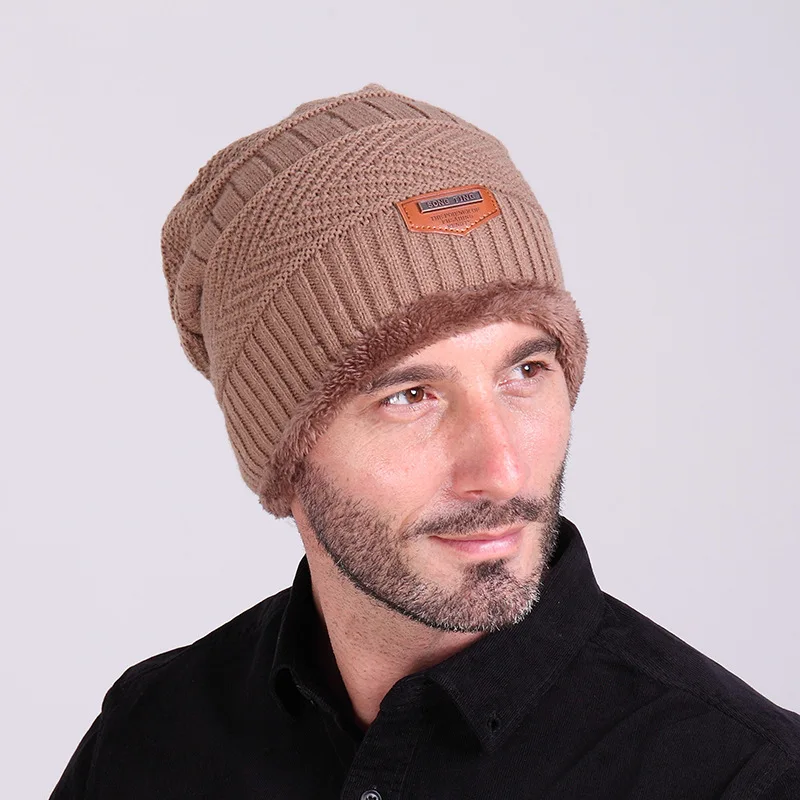
A fisherman beanie is a classic and versatile accessory that every man should have in his wardrobe. It is a timeless piece that can be worn in any season and with any outfit. Whether you are going for a casual, laid-back look or a more polished, sophisticated style, a fisherman beanie can add a touch of warmth and style to your ensemble.
If you are a knitting enthusiast and want to try your hand at creating your own fisherman beanie, you are in luck! We have a simple and easy-to-follow knitting pattern that will help you knit a stylish and cozy beanie in no time.
The mens fisherman beanie knitting pattern we have created is suitable for knitters of all skill levels. Whether you are a beginner or an experienced knitter, you will find this pattern straightforward and enjoyable to work with. With a few basic stitches and techniques, you will be able to create a beautiful and comfortable beanie that is perfect for everyday wear.
Why choose a fisherman beanie?

A fisherman beanie is a classic and timeless accessory that offers both style and practicality. This type of beanie, with its simple yet rugged design, is inspired by the headwear traditionally worn by fishermen to protect their heads and ears from the cold and wind.
Durability: Fisherman beanies are typically made from high-quality materials, such as wool or acrylic, which make them durable and long-lasting. They can withstand frequent use and retain their shape and warmth over time.
Warmth: The thick and close-knit construction of a fisherman beanie provides excellent insulation, keeping your head and ears warm in cold weather. The fold-over cuff of the beanie adds an extra layer of protection and can be adjusted for a snug fit.
Style: Fisherman beanies have a versatile and relaxed style that can be dressed up or down, making them suitable for various occasions. They can be paired with casual outfits for a laid-back and effortless look or worn with more formal attire for a touch of sophistication.
Comfort: The soft and cozy fabric of a fisherman beanie ensures a comfortable fit, making it ideal for all-day wear. The beanie is stretchy and adapts to the shape of your head, providing a snug and secure feel without being too tight or restrictive.
Knitting pattern: For those who enjoy knitting, fisherman beanies offer an opportunity to showcase your skills and create a unique accessory. There are numerous knitting patterns available, ranging from simple stitches to more intricate designs, allowing you to customize your beanie to your liking.
In conclusion, a fisherman beanie is a practical, stylish, and comfortable choice for anyone seeking a versatile and enduring accessory for colder weather. Whether you’re a fan of the classic design or enjoy the process of knitting your own, a fisherman beanie is a timeless addition to your winter wardrobe.
Materials needed for knitting a fisherman beanie
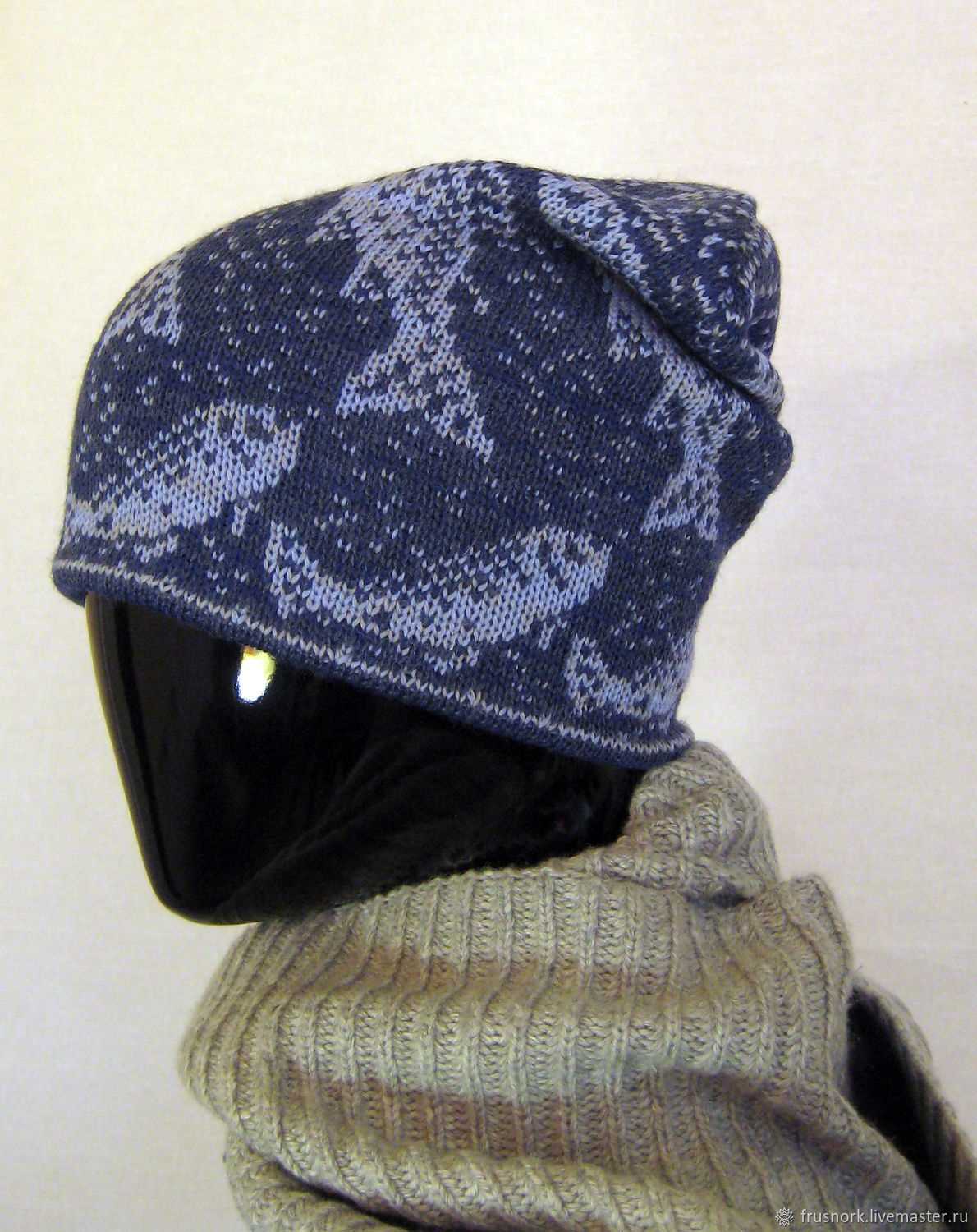
Knitting a fisherman beanie requires a few essential materials to create the desired look and texture. These materials include:
- Yarn: Choose a thick and cozy yarn type, such as wool or acrylic, to create a warm and durable beanie.
- Knitting Needles: Use a set of double-pointed or circular knitting needles in the appropriate size for your chosen yarn. This will allow you to easily work in the round and create a seamless beanie.
- Tapestry Needle: A tapestry needle is essential for weaving in the loose ends of yarn and finishing off your beanie.
- Stitch Markers: Use stitch markers to help keep track of your stitches and marker rounds, especially when working with complex stitch patterns.
- Scissors: A pair of sharp scissors is necessary for cutting the yarn and trimming any excess.
- Measuring Tape: A measuring tape is handy for accurately measuring the gauge and sizing of your beanie as you knit.
With these materials in hand, you’ll be ready to start knitting your very own fisherman beanie and create a cozy accessory for those chilly days. Remember to choose high-quality yarn and invest in the appropriate knitting needles to achieve the desired results.
Step-by-step guide to knitting a fisherman beanie
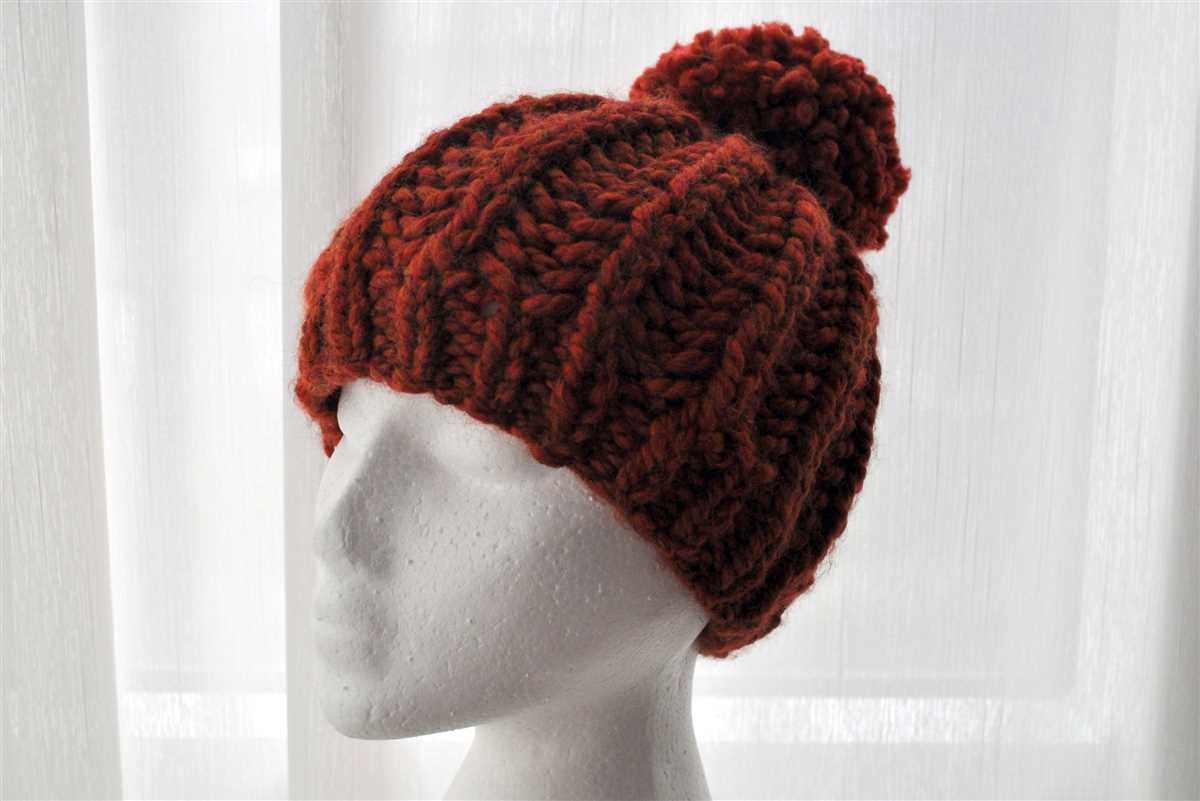
If you have some basic knitting skills and want to create a cozy and stylish fisherman beanie, follow these step-by-step instructions to make your own. This pattern is perfect for knitters of all levels, and it can be customized to fit any head size.
Materials:
- Yarn: Choose a high-quality wool or acrylic yarn in the color of your choice.
- Knitting needles: Use a set of double-pointed needles in the appropriate size for your yarn.
- Tapestry needle: This will be used for weaving in the loose ends.
Instructions:
- Start by casting on the required number of stitches for your desired head circumference. The fisherman beanie typically requires around 80-100 stitches.
- Begin knitting in the round using the rib stitch for the brim of the beanie. You can choose to knit a simple 2×2 rib or experiment with different rib patterns.
- Continue knitting in the round until the brim reaches your desired length. Typically, a fisherman beanie has a brim of around 2-3 inches.
- After completing the brim, switch to the main stitch pattern for the body of the beanie. You can choose a classic stockinette stitch or try a more textured pattern like a seed stitch.
- Knit the body of the beanie to the desired length. This will depend on how slouchy you want the finished hat to be.
- Once you reach the desired length, begin decreasing stitches to shape the crown of the beanie. This can be done by knitting two stitches together at regular intervals.
- Continue decreasing until only a few stitches remain. Cut the yarn, leaving a long tail, and thread it through the remaining stitches. Pull tight to close the top of the beanie.
- Weave in any loose ends using a tapestry needle.
- Optional: Add a pom-pom or other embellishments to personalize your fisherman beanie.
With these step-by-step instructions, you’ll be able to knit a cozy and stylish fisherman beanie in no time. Don’t be afraid to experiment with different yarns and stitch patterns to make your beanie truly unique. Happy knitting!
Choosing the right yarn for your fisherman beanie

When knitting a fisherman beanie, one of the most important factors to consider is the type of yarn you choose. The right yarn can make all the difference in the final look and feel of your beanie, as well as its durability and warmth. Here are some key points to keep in mind when selecting yarn for your fisherman beanie:
Fiber Content: Opting for a yarn with natural fibers, such as wool or alpaca, can provide excellent insulation and warmth during the colder months. These fibers are also known for their durability, ensuring that your fisherman beanie will last for years to come. Alternatively, you can also use a blend of natural and synthetic fibers for added softness and stretch.
Weight and Thickness: The weight and thickness of the yarn will determine the overall look and feel of your fisherman beanie. If you want a chunky and cozy beanie, consider using a bulky or super bulky weight yarn. For a more lightweight and versatile option, a worsted or DK weight yarn may be more suitable. Consider the season and climate in which you plan to wear your beanie to help guide your decision.
Color and Texture: The color and texture of the yarn can add another layer of personality to your fisherman beanie. Traditional fisherman beanies are often knit using neutral colors like cream, gray, or navy, which can easily match with any outfit. However, feel free to experiment with different colors and even yarns with subtle textures to create a unique and eye-catching beanie.
Ease of Care: Lastly, consider the ease of care for the yarn you choose. Depending on your personal preferences and lifestyle, you may opt for a yarn that is machine washable or one that requires more delicate hand washing. Keep in mind that natural fibers may require more special care compared to synthetic blends.
Remember, the yarn you choose for your fisherman beanie will greatly impact the final result. Take the time to explore different options and consider your preferences and needs before making your selection. Happy knitting!
Tips and Tricks for Knitting a Perfect Fisherman Beanie
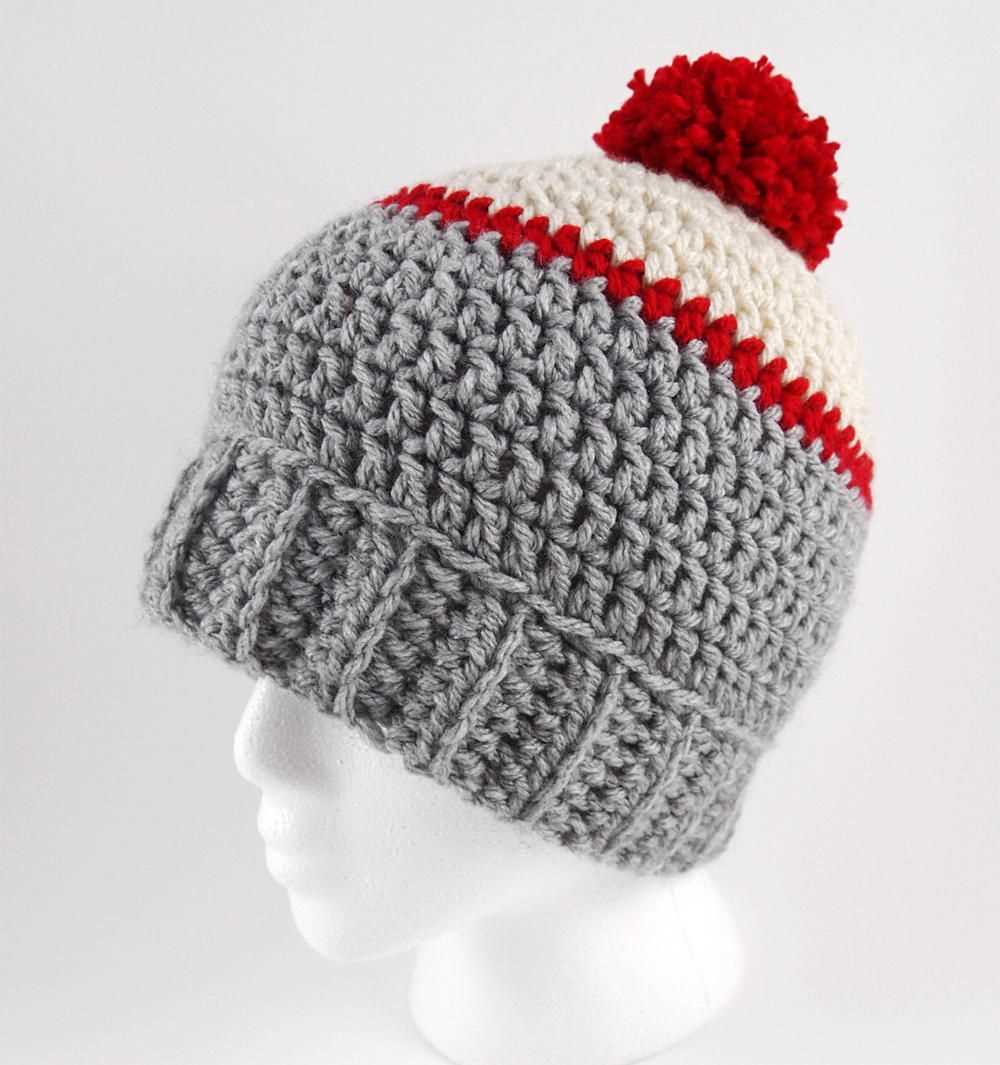
Knitting a fisherman beanie can be a fun and rewarding project, but it requires attention to detail to achieve the perfect result. Here are some tips and tricks to help you knit a flawless fisherman beanie:
1. Choose the Right Yarn
When knitting a fisherman beanie, it’s important to choose the right yarn. Look for yarn that is soft, warm, and durable. Traditional fisherman beanies are often made from natural fibers like wool or alpaca, which provide excellent insulation.
2. Use the Correct Needle Size
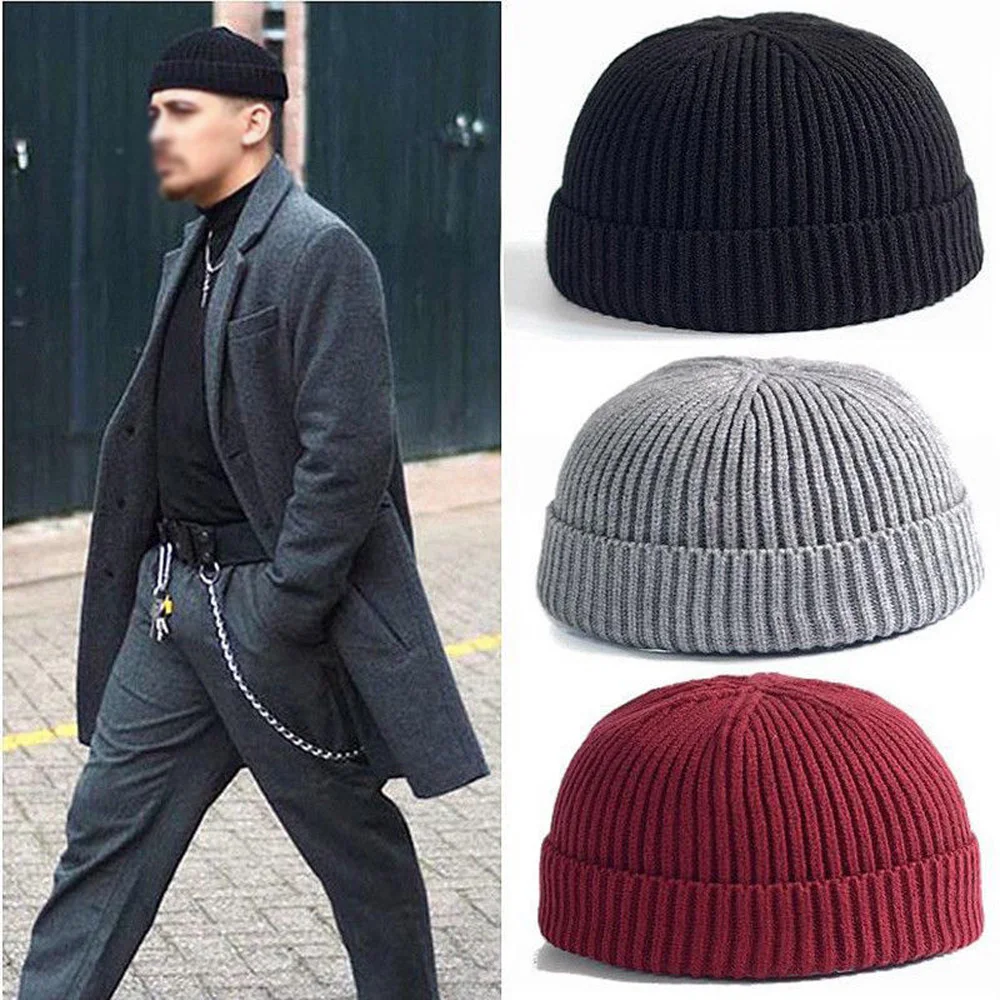
The needle size you use will determine the stitch size and overall fit of your beanie. It’s essential to use the correct needle size recommended in the pattern to ensure the desired gauge. Using a smaller needle size will create a tighter beanie, while a larger needle size will result in a looser fit.
3. Pay Attention to Tension
Tension plays a significant role in the final look of your fisherman beanie. Make sure to maintain consistent tension throughout your knitting to ensure even stitches. Avoid knitting too tightly or too loosely, as this will affect the overall appearance and fit of the beanie.
4. Follow the Pattern Carefully
When knitting a fisherman beanie, it’s crucial to read and follow the pattern carefully. Note any specific stitch instructions, cable patterns, or shaping details. Take your time to understand the steps involved and refer to the pattern frequently to stay on track.
5. Practice Cable Knitting

Fisherman beanies often feature beautiful cable patterns, which add texture and depth to the design. If you’re new to cable knitting, practice the techniques before starting the project. Familiarize yourself with cable abbreviations, cable needles, and the process of crossing stitches to achieve the desired cable pattern.
6. Block and Finish Properly
Once you’ve finished knitting the beanie, it’s essential to block and finish it properly. Blocking helps even out the stitches and gives the beanie its final shape. Follow the blocking instructions provided in the pattern, which may involve wet blocking or steam blocking, depending on the yarn used.
By following these tips and tricks, you can knit a perfect fisherman beanie that is warm, comfortable, and stylish. Enjoy the process and take pride in your handcrafted creation!
Adding Variations to Your Fisherman Beanie Pattern
When it comes to knitting a fisherman beanie, there are countless opportunities to add variations to make your hat unique and personalized. Here are a few ideas to consider:
Color Variations: Experiment with different color combinations to create a visually striking beanie. You can use a single color for a classic look or mix multiple colors for a more playful and vibrant design. Consider using contrasting colors or subtle gradients to add depth and texture to your beanie.
Pattern Stitch: Instead of sticking to a basic knit or rib stitch, try incorporating more intricate patterns into your fisherman beanie. Cable stitches, lacework, or even Fair Isle knitting can add complexity and visual interest to your hat. Remember to choose stitch patterns that work well with the chunky yarn typically used for fisherman beanies.
For added warmth and texture, you can also experiment with different types of yarn, such as alpaca or mohair, which have a fuzzier texture and provide extra insulation during colder months.
Embroidery or Appliqué: If you want to take your fisherman beanie to the next level, consider adding embroidered designs or appliqués. This can range from simple monograms or initials to more intricate motifs like flowers, animals, or geometric patterns. Embellishing your beanie with these details can make it truly one-of-a-kind and showcase your knitting skills.
Remember to plan your embroidery or appliqué placement before you start knitting, so you can adjust your stitch counts and position the design perfectly on your hat.
Pom-pom or Tassel: Finally, don’t forget about the finishing touches! Adding a pom-pom or tassel to the top of your fisherman beanie can give it a fun and whimsical look. You can make them using the same yarn as your beanie, or mix it up with a contrasting color or faux fur for added flair. Pom-poms and tassels are easy to make and attach, and they can instantly elevate the overall appearance of your beanie.
Remember, the key to adding variations is to have fun and let your creativity shine. Don’t be afraid to experiment and try new ideas – after all, knitting is all about expressing yourself through yarn!
How to properly care for your fisherman beanie
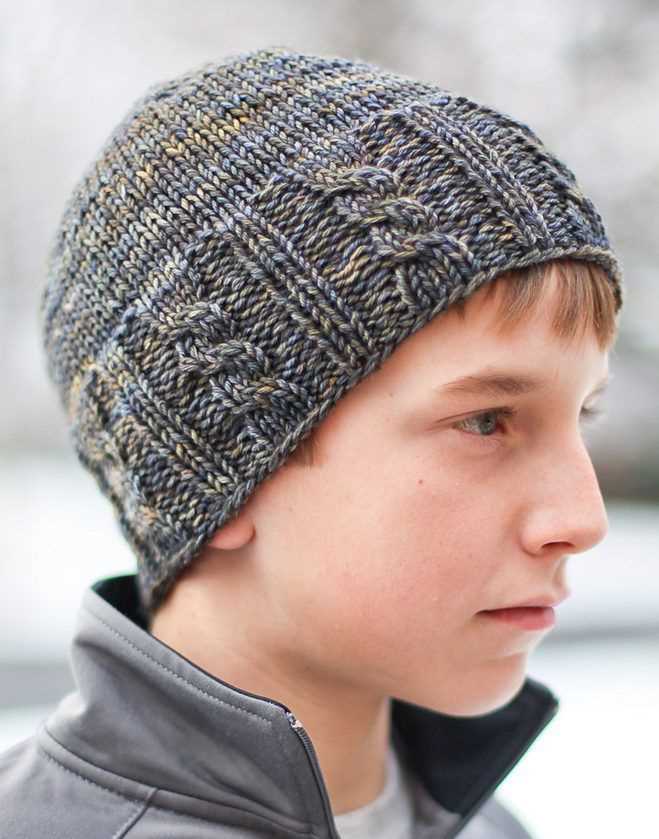
Proper care and maintenance of your fisherman beanie are essential to ensure its longevity and keep it looking its best. Taking a few simple steps can help prevent damage and maintain the quality of your favorite knit accessory.
1. Handwashing: Due to the delicate nature of knitwear, it is best to handwash your fisherman beanie. Fill a basin or sink with lukewarm water and add a mild detergent specially formulated for wool. Gently agitate the beanie in the water, taking care not to stretch or twist it. Rinse thoroughly and gently squeeze out the excess water, avoiding wringing or twisting.
2. Drying: After washing, reshape your fisherman beanie by laying it flat on a clean towel. Gently pat and press the beanie into its original shape, ensuring that it retains its size and structure. Avoid hanging or stretching the beanie while drying, as this can lead to misshaping. Allow it to air dry away from direct sunlight or heat sources.
3. Storage: When not in use, it is important to store your fisherman beanie properly to prevent damage. Fold it neatly and place it in a clean, dry and well-ventilated area, away from direct sunlight and moisture. Avoid storing it with heavy items that could apply pressure or deform the shape of the beanie.
4. Avoiding Abrasive Surfaces: Be mindful of where you place your fisherman beanie to avoid contact with rough or abrasive surfaces. Sharp objects or rough materials can snag or tear the delicate knit fabric. Opt for a soft, clean surface when setting down or storing your beanie.
5. Pilling: Over time, your fisherman beanie may develop small pills or balls of tangled fibers on its surface. This is a natural process that can occur with any knitwear. To remove pills, gently rub or shave them off using a fabric shaver or a pilling comb. Take care not to pull or snag the beanie while removing pills.
By following these care instructions, you can ensure that your fisherman beanie remains in excellent condition for seasons to come. With proper care, your knit accessory will not only keep you warm and stylish, but it will also become a cherished item in your wardrobe.
Creating a Custom Fisherman Beanie Size

When it comes to knitting a fisherman beanie, one of the challenges many knitters encounter is finding the perfect size. While there are standard sizes available, everyone’s head shape and size can vary, making it essential to create a custom size for the best fit.
If you’re looking to create a custom fisherman beanie size, there are a few steps you can follow. First, measure the circumference of the wearer’s head using a tape measure. This measurement will be the starting point for determining the size of the beanie.
Steps to Create a Custom Size:

- Measure the head circumference: Wrap a tape measure around the widest part of the head, typically just above the eyebrows and ears. Record this measurement in inches or centimeters.
- Select the desired fit: Consider the fit of the beanie – a snug fit or a looser fit. This will determine how much ease you will add to the head circumference measurement.
- Determine the final beanie circumference: Based on the desired fit, add or subtract inches or centimeters from the head circumference measurement. Make sure to account for the stretchiness of the yarn and the wearer’s hair thickness if applicable.
- Calculate the cast-on stitches: Once you have the final beanie circumference, you can calculate the number of stitches needed for the cast-on. This will depend on your knitting gauge and the stitch pattern you plan to use.
- Create a gauge swatch: Knit a small swatch using the chosen stitch pattern and yarn. Measure the number of stitches per inch or centimeter and adjust your cast-on stitches accordingly.
- Begin knitting: Once you have determined the correct cast-on stitches, you can start knitting your custom-sized fisherman beanie. Follow the pattern instructions and adjust the length as needed for the desired fit.
By following these steps and customizing the size of your fisherman beanie, you can ensure a comfortable and well-fitting hat for the wearer. Remember to always measure accurately and make necessary adjustments based on your gauge swatch to achieve the desired fit.
Inspiring ideas for styling your fisherman beanie
When it comes to styling your fisherman beanie, the possibilities are endless. This versatile and timeless accessory can be paired with various outfits to create different looks. Whether you prefer a casual or a more polished style, the fisherman beanie can be your go-to accessory.
Casual and cozy: For a relaxed and effortless look, pair your fisherman beanie with a chunky sweater, jeans, and ankle boots. This combination is perfect for those chilly winter days spent outdoors. Adding a scarf and a long coat will complete the cozy ensemble.
Edgy and urban: To add a touch of edge to your outfit, try wearing your fisherman beanie with a leather jacket, ripped jeans, and combat boots. This combination exudes a cool and rebellious vibe, perfect for an urban street style look.
Chic and sophisticated: If you want to elevate your fisherman beanie to a more polished and elegant level, pair it with a tailored coat, a turtleneck sweater, and trousers. Add some heels or ankle boots to complete the sophisticated ensemble. This look is perfect for a winter date night or a stylish office outfit.
- Accessorize: Don’t be afraid to accessorize your fisherman beanie with statement earrings or a statement necklace. This will add an extra element of style and glamour to your outfit.
- Experiment with colors: While the classic fisherman beanie is usually seen in neutral colors like black, gray, or navy, don’t be afraid to experiment with bolder colors. A bright red or mustard yellow fisherman beanie can add a pop of color to your winter wardrobe.
- Mix and match textures: Pair your fisherman beanie with different textures to create an interesting and visually appealing outfit. Try combining it with a faux fur coat, a cable-knit sweater, or a velvet dress.
These are just a few ideas to get you started on styling your fisherman beanie. Remember, fashion is all about expressing your own unique style, so don’t be afraid to experiment and have fun with your outfits!
Recommended resources for fisherman beanie knitting
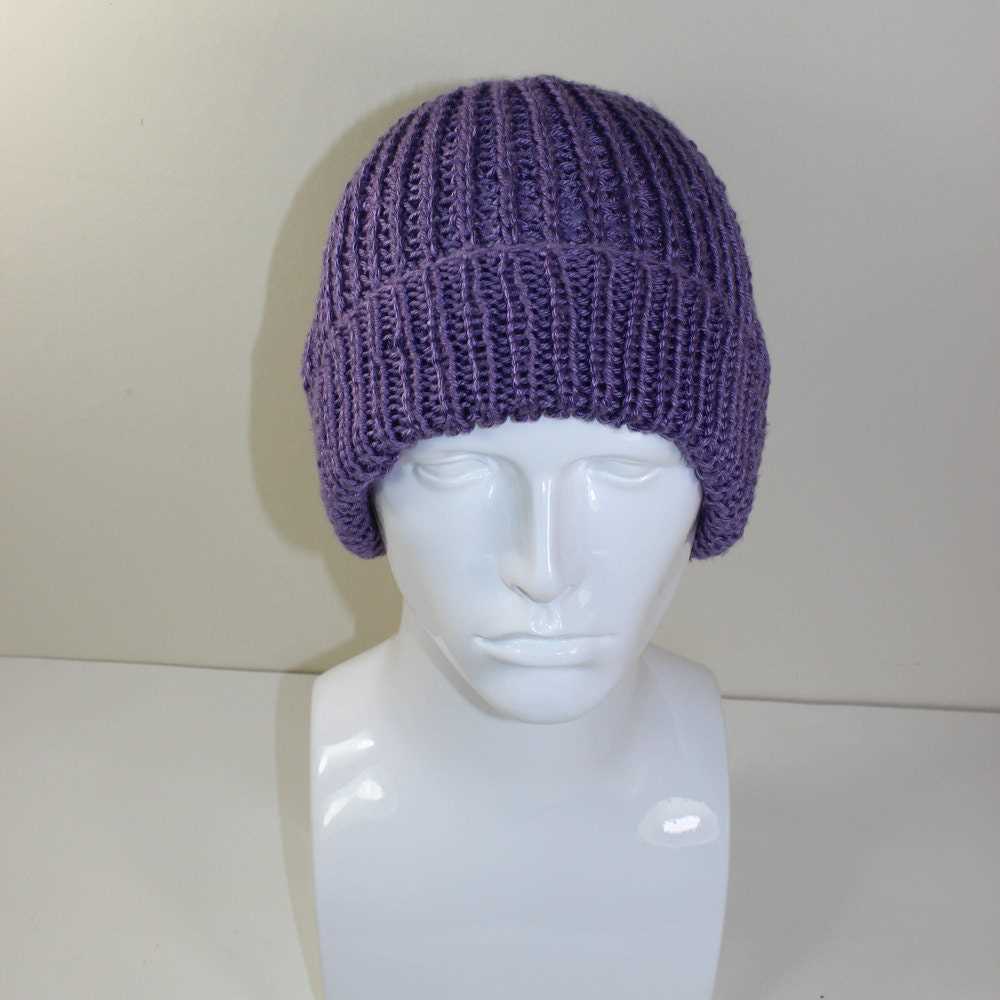
Knitting a fisherman beanie can be a fun and rewarding project, and there are plenty of resources available to help you along the way. Whether you’re a beginner knitter or have years of experience, these recommended resources will provide you with a wealth of information and inspiration.
Here are some resources to consider:
-
Knitting Books: There are many knitting books available that provide detailed instructions and patterns for fisherman beanies. Some popular options include “The Knitter’s Bible: Knitted Beanies” by Laura Long and “60 Quick Knits: 20 Hats * 20 Scarves * 20 Mittens in Cascade 220” by Sixth&Spring Books.
-
Online Tutorials: YouTube and various knitting websites offer a vast array of video tutorials and written guides on knitting fisherman beanies. These resources often include step-by-step instructions, tips, and tricks to help you master the knitting techniques needed for the project.
-
Pattern Websites: There are several websites dedicated to knitting patterns, where you can find a wide range of fisherman beanie patterns. Websites like Ravelry, LoveCrafts, and AllFreeKnitting have extensive collections of patterns that cater to all skill levels.
-
Knitting Communities: Joining a knitting community or forum can provide you with a supportive network of fellow knitters who can offer guidance, feedback, and inspiration. Websites like KnittingHelp and Knitting Paradise are popular platforms where you can connect with other knitting enthusiasts.
Remember, practice makes perfect, so don’t be discouraged if your first attempt at knitting a fisherman beanie doesn’t turn out exactly as planned. The more you practice, the more confident you’ll become in your knitting skills, and soon you’ll be able to create beautiful fisherman beanies to keep you warm during the colder months!